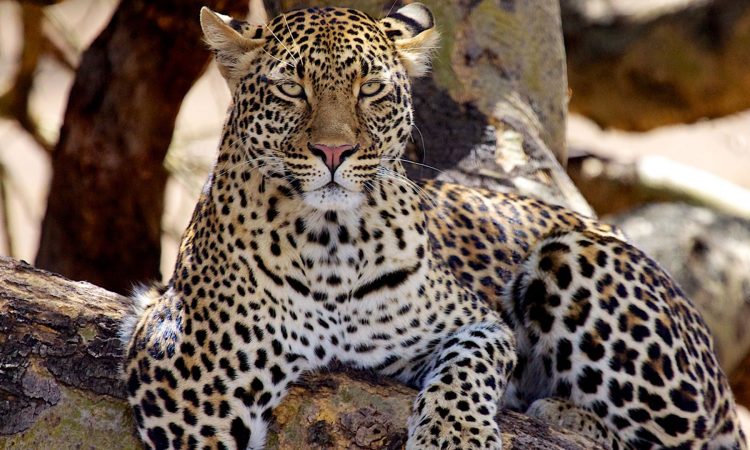
The Best Time for a Safari in Tanzania
Tanzania, home to iconic national parks like the Serengeti and Ngorongoro Crater, offers an unparalleled safari experience. The best time to visit depends on what you want to see and the specific parks you plan to explore. With its diverse wildlife activity and varying climate, understanding when to go is key to making the most of your adventure.
Understanding Tanzania’s Climate
The climate plays a significant role in shaping your safari experience. Here’s a breakdown of the seasons and their impact:Dry Season (June to October)
This period is considered the prime time for safaris. With clear skies, minimal rainfall, and thinned vegetation, wildlife becomes more visible, providing exceptional opportunities for observation.
• June to October: This is the peak season to witness the Great Migration, where millions of wildebeest and zebras traverse the Serengeti. The migration peaks in July and August as the herds cross the Mara River, creating dramatic scenes of life and death.
Short Dry Season (January to March)
This dry period offers excellent wildlife viewing, as abundant water sources attract a variety of animals. It’s an ideal time for spotting predators like lions, leopards, and cheetahs.
Wet Season (April to May and November to December)
While the wet seasons are generally less crowded, they provide unique experiences:
• April to May: The long rains rejuvenate the landscape, bringing vibrant greenery. Although game drives may be limited, this serene atmosphere attracts diverse birdlife.
• November to December: The short rains bring cooler temperatures and sporadic showers, creating pleasant conditions for exploring national parks. Wildlife viewing remains good, particularly in areas near permanent water sources.
Factors to Consider When Planning Your Safari
1. Wildlife Preferences: If witnessing the Great Migration is a priority, the dry season (June to October) is best. For a broader range of wildlife sightings without the crowds, consider the short dry season (January to March) or short rains (November to December).
2. Budget Considerations: Peak season (June to October and January to March) often comes with higher prices. If you’re looking for more affordable options, consider visiting during the shoulder seasons, such as May or November.
3. Personal Preferences: Ultimately, the best time for your safari depends on your individual preferences. If you enjoy warm, sunny weather, the dry season is ideal. However, if you’re open to some rain for a quieter experience, the wet seasons can be equally rewarding.
Best Months for Safari in Tanzania
The long dry season from June to October is regarded as the best time for a safari in Tanzania, coinciding with the Great Migration and providing excellent wildlife viewing opportunities. These months are also ideal for trekking Mount Kilimanjaro and enjoying beach holidays in Zanzibar, though they attract the highest number of tourists.
Final Thoughts
Tanzania promises a safari adventure of a lifetime, and the best time for your trip depends on your personal interests. For the best chance of seeing the Great Wildebeest Migration, visit from July to October. For birdwatching, plan your trip between November and April, and for a quieter experience, consider the rainy season.
So pack your binoculars and prepare for the rhythm of Tanzania’s wild symphony—your unforgettable safari adventure awaits!



